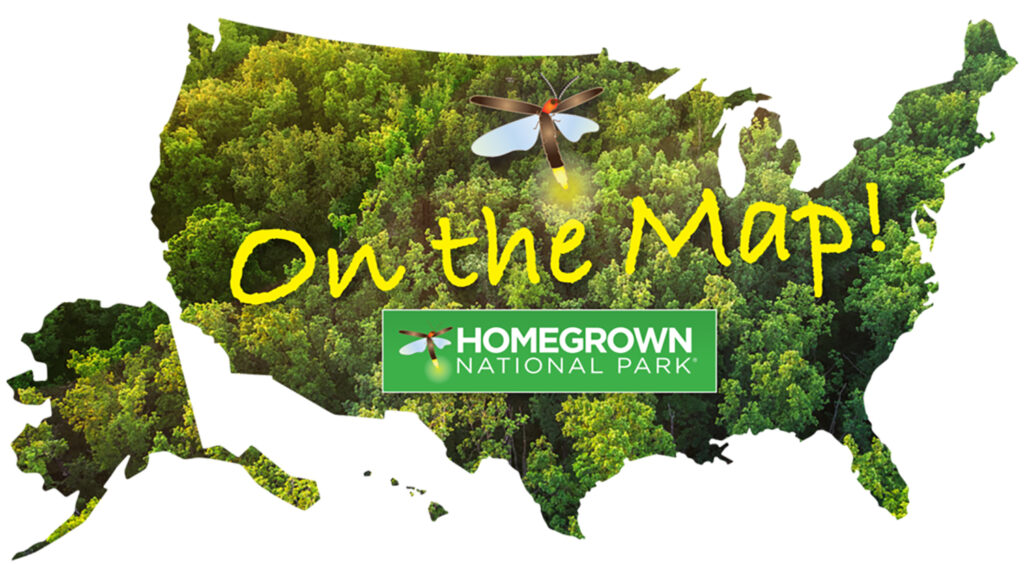
How can you have fun, garden, and preserve native plants and wildlife? Create your own Homegrown National Park®(HNP).
This project aims to initially create 20 million acres of “national parks” filled with native flora and fauna in people’s backyards, which equals about ½ of privately owned green properties. The majority of land in the United States is privately owned.
This “grassroots call-to-action” encourages people to create and record their own native ecosystem as they add them to their gardens. You may include previously planted portions of your property and record when you added them.
HNP aims to “regenerate biodiversity and improve ecosystems by planting native plants,” said Dr. Doug Tallamay, co-founder of the project and professor of entomology at the University of Delaware. Michelle Alfandari, a business development consultant and entrepreneur, is the project’s co-founder and executive director.
These mini-parks will form an ecological network of homegrown sanctuaries throughout the country for plants, insects, birds, and other wildlife. In the last 50 years, we have lost more than 50 million birds according to the Cornell Lab of Ornithology. Insects, who are critical for the survival of many bird species, other wildlife, and humans, have suffered equally apocalyptic loses.
“We are at a critical point of losing so many species from local ecosystems that their ability to produce the oxygen, clean water, flood control, pollination, pest control, carbon storage, etc., that is, the ecosystem services that sustain us, will become seriously compromised,” says Tallamay.
“The goal is to take small efforts by many people to create new ecological networks to enlarge populations of plants and animals enabling them to weather normal population fluctuation indefinitely,” he adds.
How does it work? Go to the Homegrown National Park. On the top row, click on Get Started. Or if you want to jump right in, go to Map. At Map, sign in. You will indicate the year and the amount of land on which you planted native plants. There is no charge to join this innovative effort though you are welcome to donate to the project. You can also have fun finding new plants to add to your garden.
This project lets you stretch your imagination. Learn which native annuals, perennials, shrubs, and trees will support the most pollinators, other insects, and wildlife. (Species or slightly modified cultivars are best. Stay away from hybrids.) Be sure to add sedges, ferns, and grasses to the mix.
Personally, I love researching and collecting plants that are suited to my area. I also maintain a log of what I plant, the quantity, where I purchased it, and when it joined the garden in an Excel spread sheet. It isn’t a perfect record but after eight years, it gives me a quick reference to how old some of my trees and shrubs are and what plants thrived and what didn’t.
What if you don’t have a yard? See if a local library, church, school, or community gardens exist, if not, create one. The Finksburg Public Library Gardens have gardeners working every other Saturday (just call the library for information).
Enjoy creating your own Homegrown National Park, add all of your hard work to the map, consider a $20 donation to the project, and save some wildlife!
~ Laura
